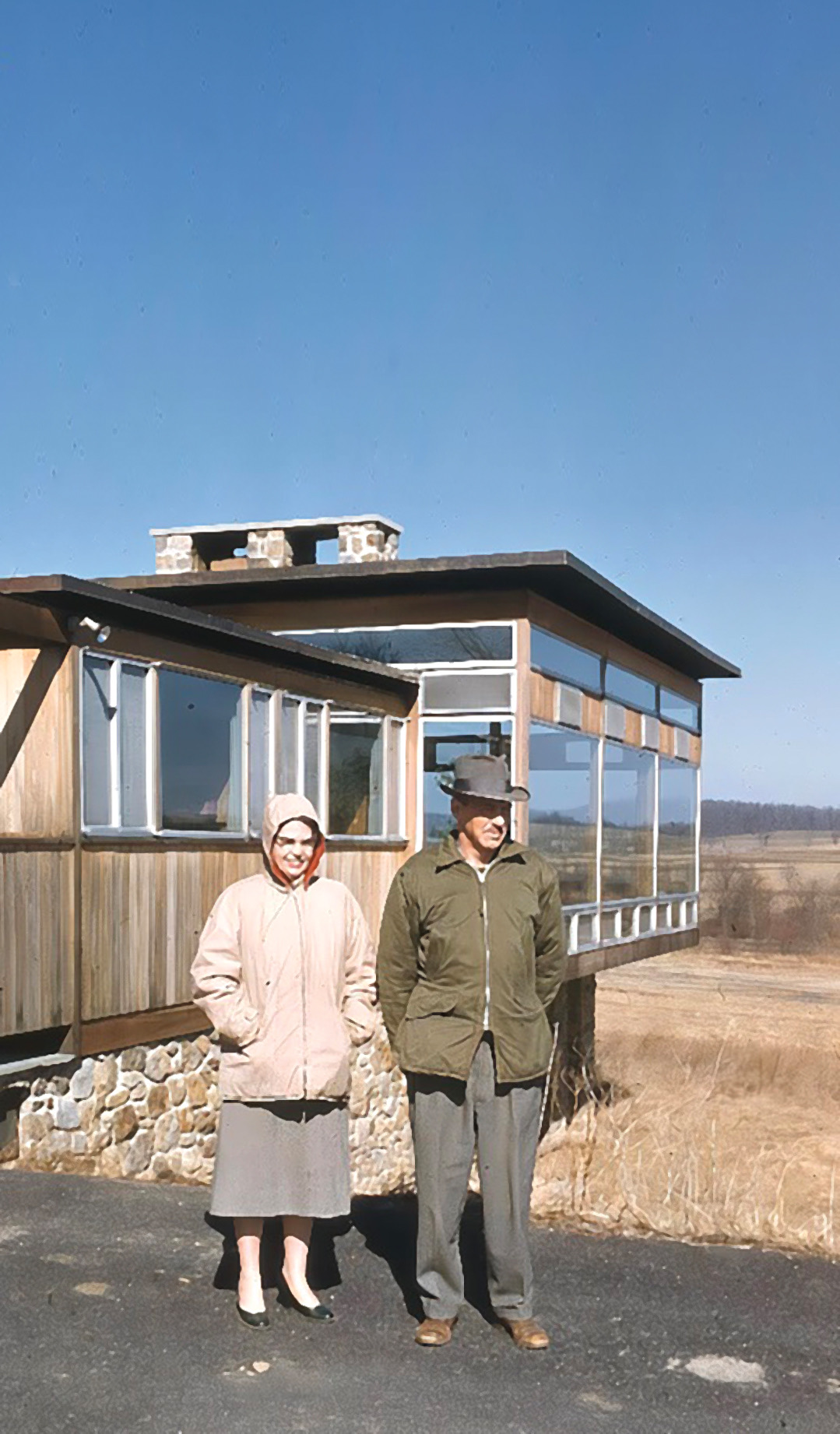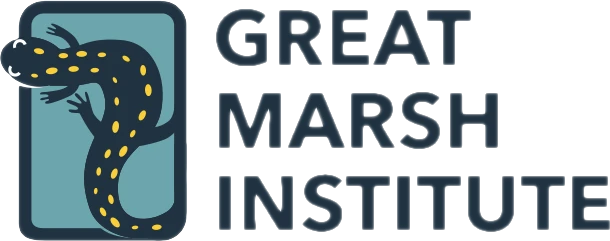Our Mission
Chester County’s Great Marsh provides a unique habitat for the study of flora and fauna as well as the unique characteristics of the Periglacial marsh. It is the purpose of the Great Marsh Institute (GMI) to support scientific studies through access to the property, technical support, and opportunities for educational activities including funding for student interns.
Our Story
Great Marsh Institute (GMI) focuses on the Great Marsh in Chester County, PA. The Great Marsh is primarily owned by the Moore family and French & Pickering Creeks Conservation Trust. The Great Marsh is a periglacial marsh and the largest marsh in Southeastern Pennsylvania, about 700 acres. Surrounding the marsh is shrub swamps, swamp forests, corridors of floodplain forest, upland forest, row crop farming and the PA turnpike.
There is evidence that the Great Marsh has been used by humans since prehistoric times. The land was also use by Native American with evidence of charcoal from that time period. In recent history, before the Moore Family owned the property the Great Marsh was actively dredged and channelized for dairy farming. In 1969, the Great Marsh was threatened by the right of eminent domain. The State Fish Commission wanted to turn it into a public lake, The Dept. of Forests and Water wanted to make it into a public park, and the US Dept. of the Interior National Park Service wanted to make it a Natural Landmark. After many correspondences between C.B. (Colman Bassett) Moore and these departments, all of this came to a halt. In the mid-to-late 20th century, the PA Turnpike split up part of the Great Marsh which has caused pollution of trash and chemical run-off and the introduction of invasive species. The most recent threat to the Great Marsh was a proposal to build the “Morganshire Village”, a residential development in 1990 at the upper end of the Great Marsh. With the efforts of The Brandywine Conservancy, The Nature Conservancy, other conservation groups, and the rest of the community, this development was stopped. Today, most of The Great Marsh is protected by conservation easements held by Brandywine Conservancy and French & Pickering Creeks Conservation Trust, as well as agricultural easements held by Chester County.
The Great Marsh supports a large diversity of flora and fauna. Over 150 bird species and 160 plant species have been identified on the property. There are also large mammals, such as Whitetail deer, coyote, red and silver fox, muskrat and beaver that are present on the property. Many species of amphibians and reptiles can also be seen at the Great Marsh. The Great Marsh also has an IBA (Important Bird Area) designation of D3 from Audubon. D3: Sites that contain rare or unique habitat or are an exceptional representative of an ecological community type, and that hold important species or species assemblages largely restricted to a distinctive habitat or ecological community type.

Board Members
Jim Moore, President
Lori Moore, Treasurer
Cathy Grzybek, Secretary
Scott Bush, Director
Jeff Moore, Director
Robert Johnson, Director & Chair of Science Advisory Board
Staff
Bernard Brown, Executive Director
Mijka Smith, Administrative Assistant
Thank you!
Great Marsh Institute is grateful for support from Schuylkill Highlands for environmental education activities.

GMI is also grateful to Valley Forge Audubon and West Chester Bird Club for their support of our research into the birds of the Great Marsh.
